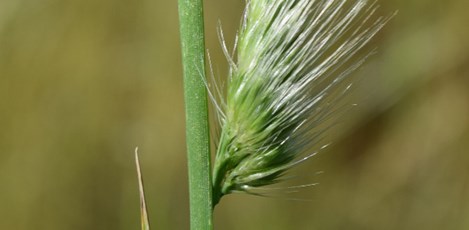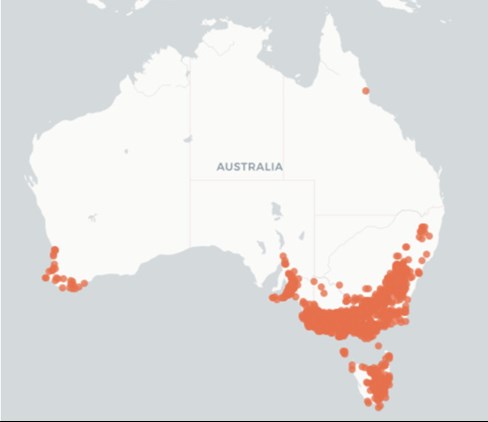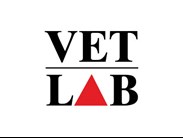In April, a property in the South East of SA experienced 11 steer deaths in 24 hours. The steers were purchased from NSW in October, 2018. The steers had moved paddocks two days before death. The provisional diagnoses were plant/lead toxicity, hypomagnesaemia, Clostridial disease and Pestivirus. A comprehensive suite of samples were submitted from one of the steers including fixed brain, mixed viscera, spleen, kidney, heart, lung, blood and ocular fluid. Biochemistry revealed elevated liver enzymes and the histological lesions observed within the liver of this steer (acute periportal necrosis and haemorrhage) were considered most compatible with a diagnosis of ‘acute bovine liver disease’ (ABLD), or possibly some other hepatotoxic agent (plant or mycotoxin).

There have been recent detections of ABLD, previously known as phytotoxic hepatitis, in areas of Victoria bordering SA. This disease appears to occur following a distinct weather pattern: a dry period, then sudden rain in a short period of ≥15 mm, then a dry warm to cool period for about 2-3 weeks, coinciding with the introduction of cattle onto less fertile areas which have dry feed containing a highly toxic fungus on the standing heads of the plant ‘Rough Dogstail’ (Cynosurus echinatus L.). It takes approximately 2 weeks to propagate before producing a very harmful liver toxin. Often only a few cows are affected (<30% death) and other clinical signs may include photosensitization, pyrexia, milk production loss and depression.

Currently there is no treatment for ABLD. It is important to consider ABLD as a differential diagnosis when undertaking sudden death investigations in cattle, particularly following the distinct weather patterns mentioned above.
Specimens needed for diagnosis are formalin fixed liver and blood collected in both EDTA and plain tubes, however in cases of sudden death a more comprehensive suite of samples is recommended.
Contact your local government veterinary officer in cases of sudden death, as subsidies may be available to assist with laboratory testing.


References
PIRSA Communication Update – Acute Bovine Liver Disease (ABLD), Jessica van de Weyer, April 2019
https://www.pir.sa.gov.au/biosecurity/animal_health/veterinarians
http://agriculture.vic.gov.au/agriculture/pests-diseases-and-weeds/animal-diseases/disease-surveillance-programs/significant-disease-investigation-sdi-program
http://www.sciquest.org.nz/node/71616
https://www.bombalatimes.com.au/story/1098912/be-wary-of-acutebovine-liver-disease/
http://www.flockandherd.net.au/edition/poisonousplants2005/sudden-deaths.html
http://www.flockandherd.net.au/edition/poisonousplants2005/photosensitisation.html
https://www.weeklytimesnow.com.au/agribusiness/dairy/bovine-liver-toxin-under-microscope/news-story/b5fcdfb3e448ed34ab72eaadaaccb1d5
https://www.agric.wa.gov.au/livestock-biosecurity/photosensitisation-livestock
https://wvc.com.au/bovine-liver-disease/
https://www.abc.net.au/news/2010-04-13/dpi-issues-rough-dogtail-cattle-alert/393864
https://trove.nla.gov.au/work/26049148?q&versionId=46560614
http://bie.ala.org.au/species/http://id.biodiversity.org.au/node/apni/2912620
https://www.ncbi.nlm.nih.gov/pubmed/28035972
https://onlinelibrary.wiley.com/doi/pdf/10.1111/j.1751-0813.2006.tb12238.x
http://www.herbiguide.com.au/Descriptions/hg_Rough_Dogstail.htm
https://dpipwe.tas.gov.au/biosecurity-tasmania/animal-biosecurity/animal-health/cattle/acute-bovine-liver-disease
https://animalhealthaustralia.com.au/news/tasmanian-producers-onalert-for-acute-bovine-liver-disease/
https://www.examiner.com.au/story/5293952/tasmanian-farmerson-alert-for-acute-bovine-liver-disease/


